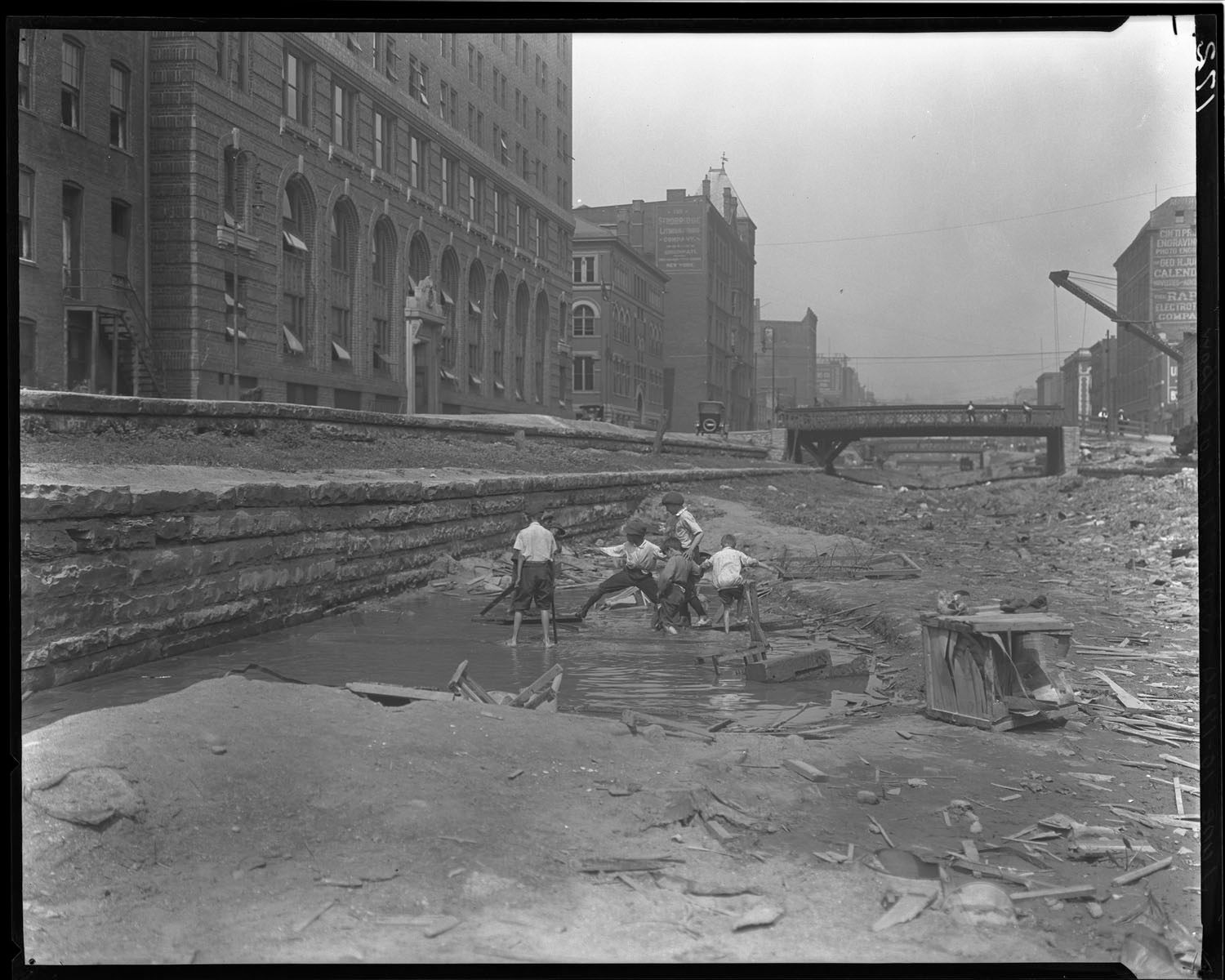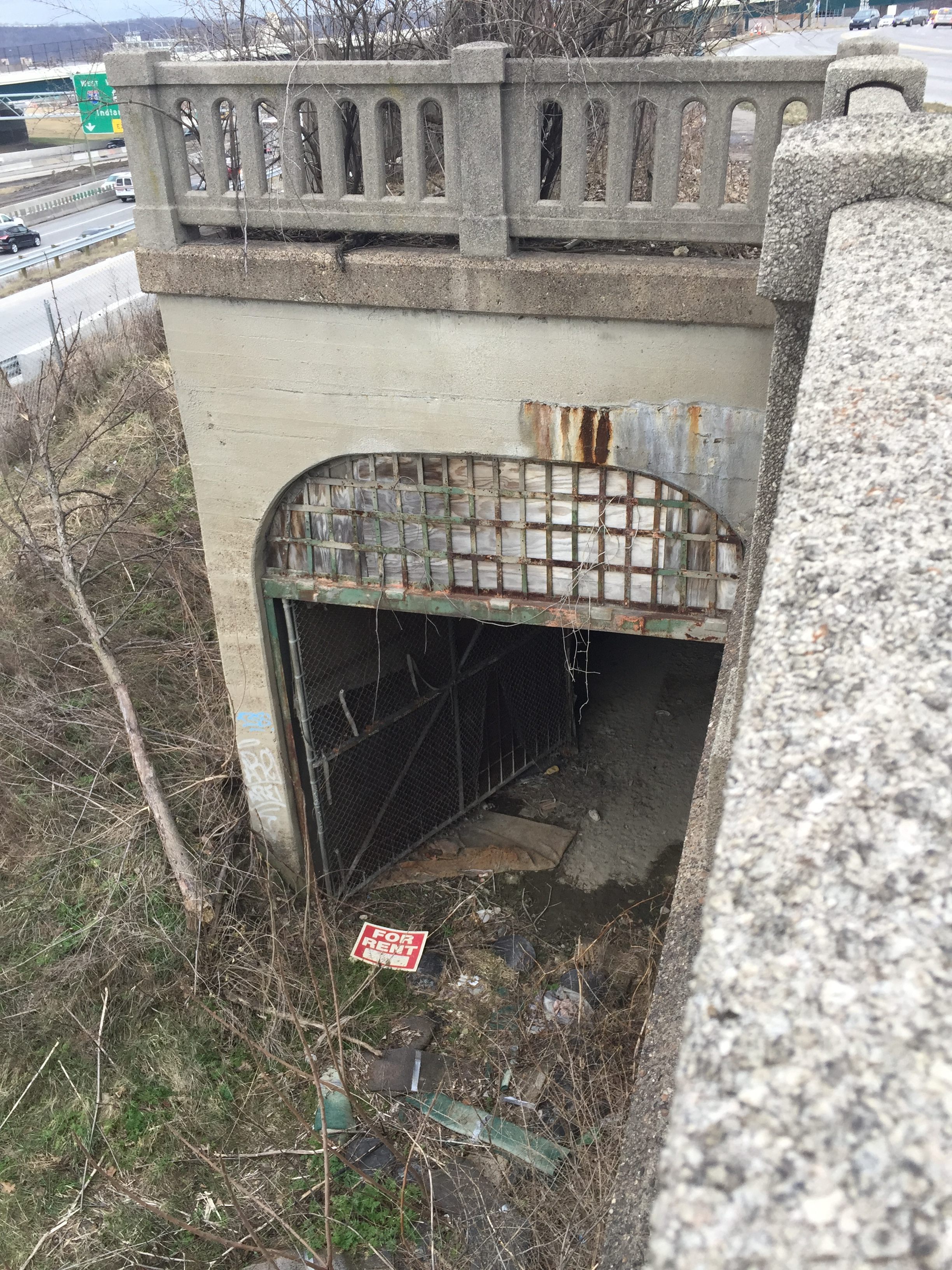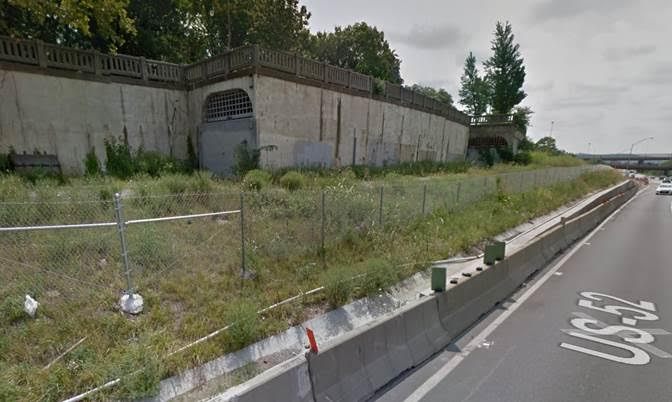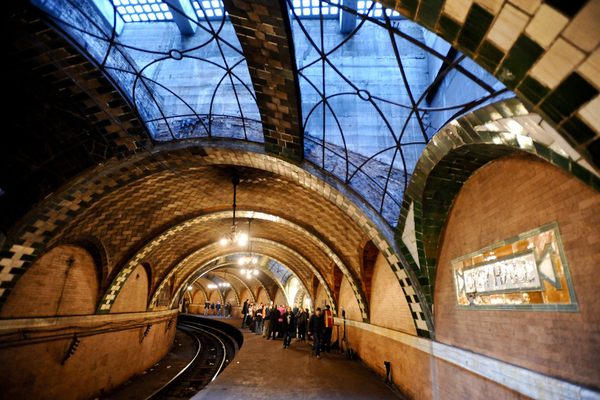Cincinnati Built a Subway System 100 Years Ago–But Never Used It
Cincinnati is home to the largest unused subway system in the world.

Work progresses on Cincinnati’s subway in 1920. But the construction would soon stop for good. (Courtesy University of Cincinnati Library Archives)
Interstate 75 slices the city of Cincinnati in half like an orange. On one side is the city’s Catholic working class west, while the east side is favored by the wealthier academics and industrials holed up in enclaves with names like Indian Hill. On all sides are cars. Simple commutes from Cincinnati’s suburbs to downtown can take an hour or more. One hundred thousand cars and trucks a day clog both directions on I-75, many of them headed to towns elsewhere in Ohio.
But it was almost a different story. If just a few things had gone differently Cincinnati would today be a city of straphangers and bustling underground stations.
The Cincinnati subway stations are still there. But if you’re still waiting for a train to come, you’ve been waiting for almost a century. To this day Cincinnati remains home to the largest unused subway system in the world, with over two miles of empty tunnels. Engineers who inspected the tunnels recently deemed them in “very good condition.”
Today, the warren of underground tunnels appears flash-frozen in time, an underground Vesuvius where the clock stopped. Stations and platforms sit pristinely as if still waiting for passengers that’ll never come. Tracks disappear into the dark.

Cincinnati’s subway would have been 30 or 40 feet below street level. In fact, some Cincinnati streets would have been lower than the subway. (Photo: Kevin Williams)
Almost exactly 100 years ago the automobile was still in its infancy and cities were looking for ways to shuttle their burgeoning populations from downtown workplaces to the nascent suburbs. Several midwestern cities, including Pittsburgh, Cincinnati, and Detroit, passed bond issues so that construction could begin on subway systems that emulated the successful New York City one, which began running trains underground in 1904.
“Cincinnati was unique in that they were the only [Midwestern] city to actually begin working on the subway,” says Jake Mecklenborg, who authored a book about Cincinnati’s doomed experiment. His book, Cincinnati’s Incomplete Subway, details much of the underground drama. But the problems the project faced were more political than logistical.
In Mecklenborg’s telling, most of what stalled the progress of the subway happened above ground, in offices, where politicians made backroom deals and bold promises that rarely came to fruition. Complicating things further, the United States entered into World War I just as Cincinnati’s subway construction was beginning, which changed the nation’s needs and redirected resources away from the effort.
Then, “the world changed so much, so quickly after the war,” Mecklenborg says. The automobile had become firmly entrenched, as had suburbs far from city centers.
By the time the 1920s were in full swing, cost overruns, construction errors, property damage, and political finagling had shut down the Cincinnati subway for good. When construction ceased in the 1920s, 2.2 miles of tunnels had been constructed in what was once the old Miami-Erie Canal bed.

Aerial view of downtown Cincinnati in 2010. (Photo: CC BY-SA 3.0)
There have been various attempts to revive the Cincinnati subway over the years but none of them have taken hold. There have also been several efforts to repurpose the tunnels, into everything “from storage to civil defense to mushroom farming to movie sets,” according to Kevin Grace, Head Archivist for the Archives & Rare Books Library at the University of Cincinnati.
Grace descended the stairs into Cincinnati’s underground in the 1990s as part of a project to archive and verify old photos of the Cincinnati subway. “At least they have a practical use right now,” he says, noting that the tunnels currently house water mains and electric wiring. But few people are captivated by water mains; it’s the rails that have enduring romance.
“You see all the water mains and conduits, but then you see two tracks. The tracks are there. The platforms are there. It looked like a subway station,” he recalls. He describes the old tunnels as being in sturdy shape. When went down there it was frigid above ground, but comfortable in the tunnels, which had clearly been visited by graffiti artists and thrill seekers.
The tunnels have proven especially alluring to the city’s college students, and even its universities. Indeed, Grace says the University of Cincinnati College of Engineering once studied the feasibility of turning one subway section into a “wind tunnel.” But the idea was abandoned.

Entrances to Cincinnati’s underground can still be seen around town (Photo: Paul Koenig)
Paul Koenig was one of many former engineering majors who have been captivated by the call of this subterranean world. What he saw as a 20-year-old urban spelunker in the late 1980s surprised him, and over a quarter century later the memories remain etched in his mind.
“Somewhere downtown the tunnels made a turn to follow the flow of Central Parkway,” Koenig recalls, referring to main east-west artery in downtown Cincinnati. It was in this unlikely spot that Koenig and his friends stumbled into a jarring symbol of international geopolitics. One of the abandoned stations, according to Koenig, had been converted into a fallout shelter, for use during the Cold War.
Inside it, he saws “decontamination showers” and “bunks along the walls,” barrels containing ready-to-eat meals [MREs], and 55-gallon barrels filled with water. “It was all pretty nuts for 20-year-old kids to wander into,” Koenig recalls. He also remembers a phone jack that you could plug into and call anywhere in the world for free, quite an amenity back in the days of expensive long distance.
“It was a huge loss not to build it,” Koenig says, of the subway. “When you compare almost any city in Europe to a Midwestern car-centric city there is no comparison in the quality of life.”

An entrance to Cincinnati’s long abandoned subway. (Photo: Kevin Williams)
Ironically, Cincinnati is now in the midst of building an old-fashioned, $100 million dollar streetcar system which will run in a 3.6-mile downtown loop–while the subway tunnels sit unused underground.
For his part, Mecklenborg wonders “what might have been.” Had Cincinnati’s subway been completed and used he thinks it’d be a very different city today. Neighborhoods that fell into decline would probably be vibrant and alive today and the suburb expansion would have slowed somewhat.
But Mecklenborg hasn’t given up hope that one day the subway will see the light of day. Or at least trains and passengers. Back in 2002 a proposal was put before voters for a half-cent tax increase that would fund a regional light rail system, which have used parts of the already-constructed tunnel system. Voters defeated the issue, but Mecklenborg still believes the subway may one day serve its original purpose. “People don’t like to see things unfinished,” he says.
Meanwhile, an entrance to the Cincinnati subway yawns darkly towards car-clogged I-75. Garbage and debris, on a recent day, swirled in the wind at the subway opening. Perhaps, if things had turned out a bit differently almost a century ago there would be turnstiles there instead of trash.















Follow us on Twitter to get the latest on the world's hidden wonders.
Like us on Facebook to get the latest on the world's hidden wonders.
Follow us on Twitter Like us on Facebook